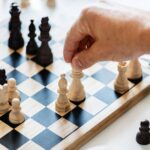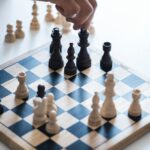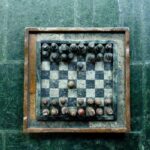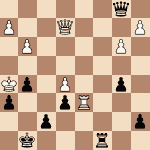Mastering Chess – The Bishop Pair Needs Space
This game is a great example that shows how the power of the bishop pair increases as the game opens up, especially when there is play on both sides of the board. We have also included several powerful teaching points about pawn structure. More 🡢








